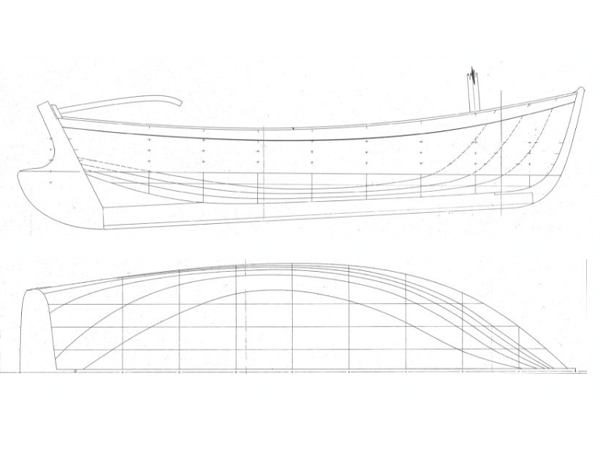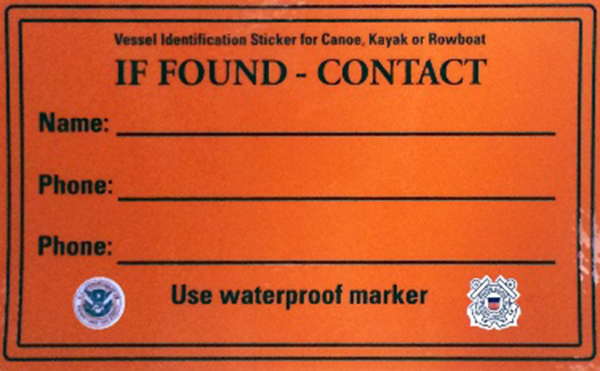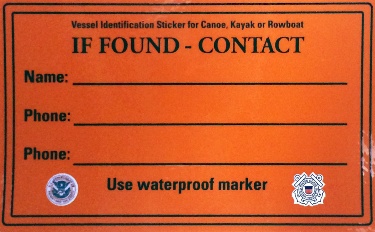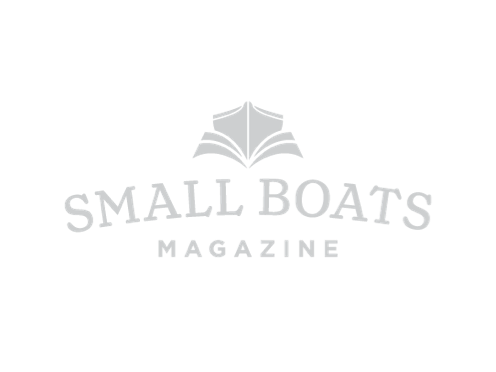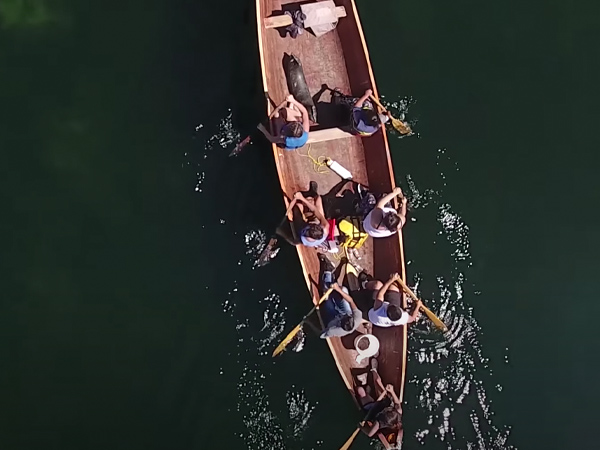Special thanks to friend-of-the-magazine Ben Fuller for bringing it to our attention that 37 drawings by David W. Dillion of 15 different designs have recently appeared on Mystic Seaport Museum’s website. The plans are now available for purchase, too.
From the archives: Read about the Woods Hole Spritsail Boat, one of the boats Dillion documented for Mystic Seaport.
From Mystic Seaport: “David W. Dillion was an engineering draftsman before establishing a career as a freelance boat documentation specialist. He measured and drew more than seventy boats up to a hundred feet in length and taught lines-taking at the WoodenBoat School and half a dozen maritime museums across the United States. His plans have been published in WoodenBoat and other periodicals. He was the major contributor to the Museum Small Craft Association’s publication Boats, A Manual for Their Documentation.
List of Available Dillion Plans
North Haven Peapod, 13’x 3’10″. Carvel planked.
Nova Scotia Gunning Skiff, 14’9″ x 4’2”. Carvel planked, double ender.
Five Islands Skiff, 15′ x 4’5″. Round hull, transom stern, carvel planked.
Abaco Dinghy. Owned by Lance Lee, carvel planked, transom stern. No centerboard.
Bindals Boat, 15′-10″ x 4′3″. Danish built in the Norse style. Owned 1985 by James S. Rockefeller, Jr. Study plans only to show construction details.
Whitney Gunning Float duck hunting boat for oar or scull, 15’7″ x 48″. Carvel planked, transom stern.
Rangeley Boat, Herb Ellis No. 2, 17′2″ x 4′2″.
Whitehall pulling/sailing boat built by Orvil Young during 1968-69 as a recreational boat for the schooner ROSEWAY of Camden, Maine, 16′3″ x 4′5″. Based on fig. 73 of Chapelle’s American Small Sailing Craft. Carvel planked.
Rangeley Boat, Herbert N. Ellis #3; a wide transom attempts to make a more stable outboard version.
Westport Sharpie Firefly, 12’3″x 4’4″. Flat-bottomed and cross planked skiff, centerboard, two planks per side.
Lighthouse Peapod, 14’2 “x 4’8”. Carvel planked.
Matinicus Peapod, Sailing, 15’ x 4’6″. Based on John Gardner’s plans and documented as-built by the Apprenticeshop in Rockland, Maine. Lapstrake with centerboard.
Creole Skiff Gibben Dupre, 17′9″ x 4′9″. Built by Alexander Giroir at Pierre Part, Louisiana, in 1934.
Canoe by J.R. Robertson, 15′ x 30″. Built at Auburndale, Mass. in the early 1900s. Lapstrake construction.
Rushton canoe Ugo, 16′ x 30″. Smooth-skin lapstrake.
